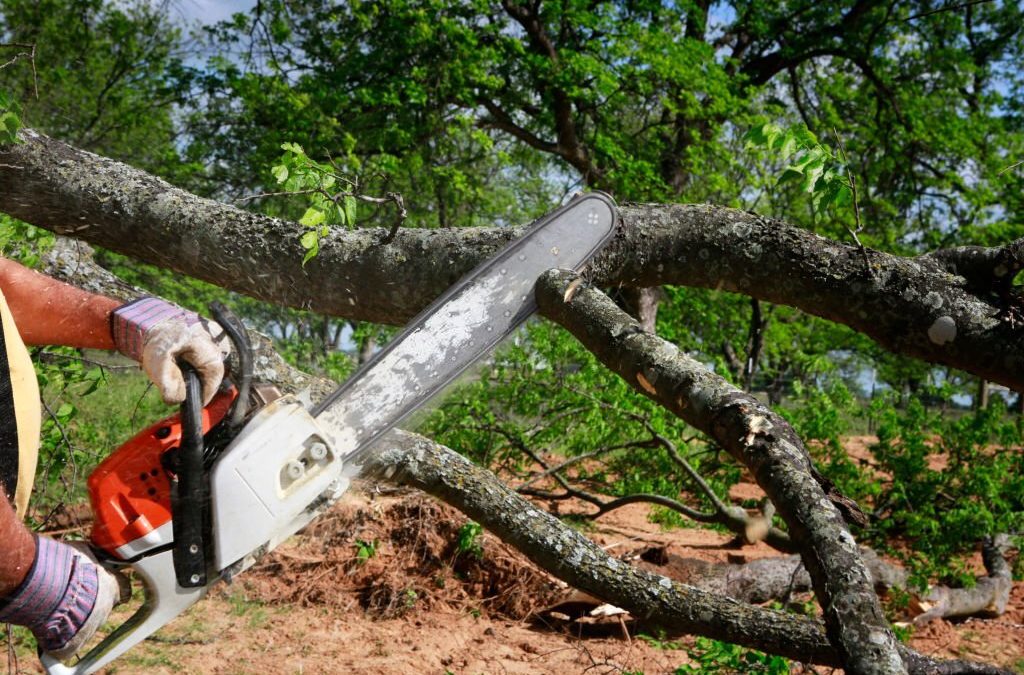It is essential to tell whether a tree is dead or dying, as it can help decide how to manage it and any surrounding trees. Knowing the signs of dying or dead trees can also help protect yourself and your family from injury, falling branches, and disease. Trees may die for various reasons, such as environmental stresses, insect pests, diseases, or human activity. The first indication that a tree may die is if it does not have new leaves in the spring. Dead trees will typically remain without any leaves all year round, while some species of conifers might have brown needles during winter months but no new growth in the springtime. Other signs of potential death include discolored bark (such as a grayish-brown color), small holes in the trunk or branches, and cracks in the bark. Additionally, a lack of vigor with weaker wood than usual could indicate death. If a tree has been damaged by weather or animals and isn’t producing any new growth due to trauma, it may be dead or dying.
To further assess whether a tree is dead or dying, you can do a few things. One way to judge whether a tree is still alive is by scratching off some of the outer bark away from the trunk at chest height on two opposite sides; this should reveal small white lines if it remains alive but nothing if it’s dead. Additionally, examining deeper into the inner layer of bark may allow you to observe healthy living tissue (which will look green), indicating that it’s alive versus brownish/gray discoloration, which would signify its death. Finally, pulling down gently on weak twigs and branches can determine if they are still attached securely. Further distressing such as bending them easily, means the tree has already died and should be avoided at all costs since these branches may fall unpredictably once removed from their connection points.
In conclusion, recognizing when a tree may be dead or dying not only helps us take preventive measures but also keeps us safe from injuries. Keep an eye out for early warning signs such as discoloration in bark (grayish-brown color) and small holes and cracks along trunks and branches. One can identify signs that signify potential death in trees, which ultimately allows for better management practices & enhanced safety for people around them.

